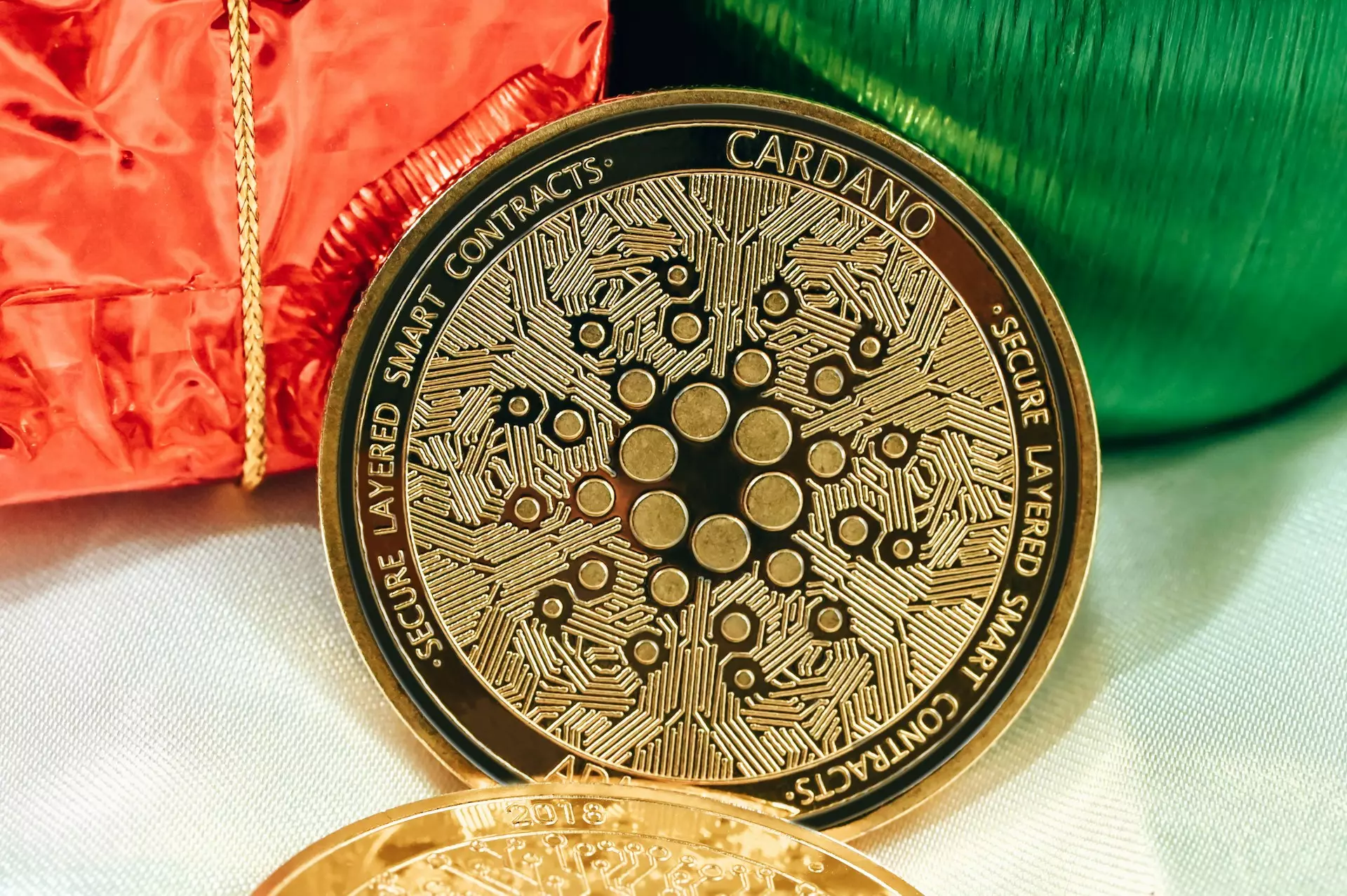The crypto space has rapidly evolved over the years, and industry players continue to speculate on its future. In a recent interview with Charles Hoskinson, co-founder of Cardano, he shared his perspective on the state of the crypto industry, Cardano’s positioning, and the challenges it faces. This article critically examines the key points raised by Hoskinson and explores the potential impact of asset-backed stablecoins and centralization on the industry.
Hoskinson believes that many players in the crypto space “fear” Cardano’s success because the project has been able to do everything right from the beginning. Notably, Cardano’s ability to grow without Venture Capital (VC) funding and its innovative features like liquid staking make it an intimidating competitor. The fear of Cardano’s impact could potentially explain what appears to be a coordinated effort to minimize its influence by figures in the crypto industry and exchanges like Gemini.
During the interview, the conversation shifted to why stablecoins like USDC are not on the Cardano blockchain. Hoskinson highlighted that the reason is not due to economic or technical constraints, but rather a seeming lack of desire to engage with Cardano and its projects. This raises concerns about the willingness of stablecoin issuers to embrace blockchain technology fully.
Hoskinson expressed his dislike for asset-backed stablecoins, arguing that they are not truly representative of the crypto industry. Despite the majority of real-money velocity and value transactions occurring on-chain through stablecoins, their highly centralized nature worries him. Hoskinson believes that the control exerted by a few entities, including centralized exchanges and now ETFs, over the crypto space is problematic. He points out that currently, only ten companies effectively control the cryptocurrency industry, which contradicts the decentralized ideals of cryptocurrencies.
Hoskinson is also concerned about the current developments and tendencies in the crypto space, which he believes deviate from the original mission of cryptocurrencies: financial freedom. He believes that the industry is gradually transferring “soft power” to regulated entities that control the value and volume of the crypto industry. In Hoskinson’s view, the focus should be on challenging banks and legacy financial systems rather than consolidating power in the hands of a few.
To address these concerns, Cardano’s team has extensively researched algorithmic stablecoins. Hoskinson sees them as a potential solution that aligns better with the principles of decentralization and could provide a more sustainable model for the industry. While asset-backed stablecoins may be inevitable, Hoskinson emphasizes the importance of addressing their centralized nature and ensuring that the long-term vision of cryptocurrencies remains intact.
In a lighthearted moment, Hoskinson compares Cardano to American singer Taylor Swift. While acknowledging that he may not have the same level of recognition as Swift, he expresses a desire for Cardano to follow a similar trajectory. Just as Swift went from being a niche artist to a globally recognized figure with a significant impact, Cardano aims to make a similar mark in the blockchain world.
The crypto industry is at a critical juncture, with numerous challenges and opportunities ahead. Charles Hoskinson’s insights shed light on the concerns surrounding centralization, asset-backed stablecoins, and the divergence from the original mission of cryptocurrencies. Cardano’s unique positioning and commitment to research and innovation suggest that it has the potential to redefine the crypto space. However, only time will tell whether Cardano can truly become the “Taylor Swift of Blockchain” and make a lasting impact on the world.


Leave a Reply